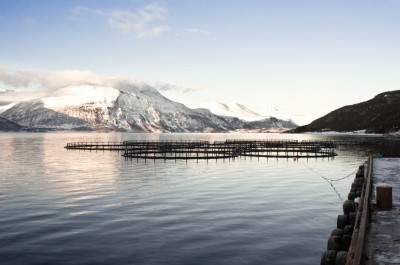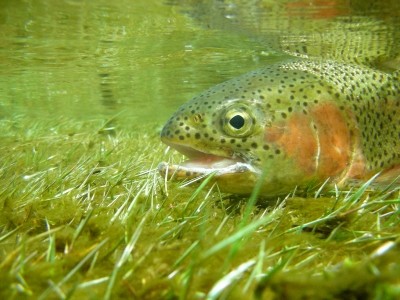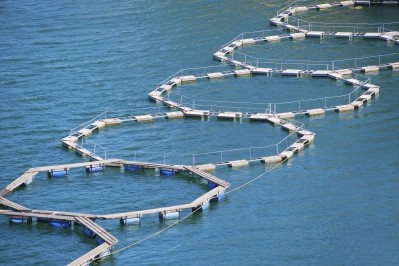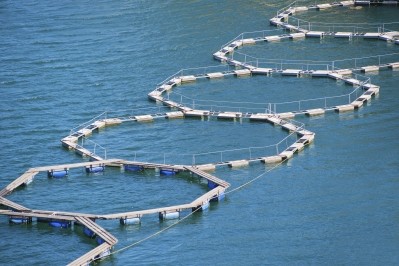'Helping producers use feed more judiciously saves them money' - US soy checkoff wants wider take-up of sustainable aquaculture system
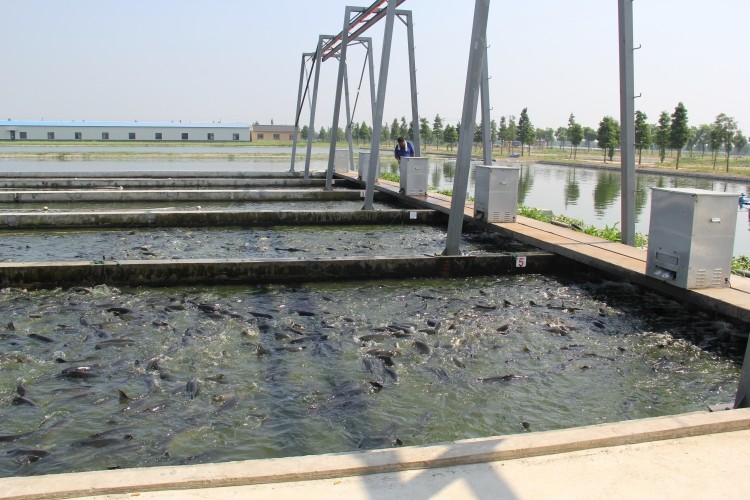
The technology, called intensive pond aquaculture (IPA), promotes aquaculture systems that do not add additional stress to existing water sources or the environment, said Colby Sutter, marketing director for the international aquaculture program.
The soy checkoff has been working with the aquaculture industry for a number of years, she said.
In 2015, about 5m metric tons of soy from the US was used in aquafeeds, said Sutter.
“Our primary focus, we work in six regions around the world, is to continue to demonstrate the advantage of US soy, and soy optimized feed and best aquaculture practices that provide for conservation of water and the environment,” she told FeedNavigator.
Feed monitoring
The technology is a raceway for freshwater fish production, said Sutter. It allows producers to more closely monitor fish growth and feed use.
In aquaculture, feed is the most expensive component so helping producers use feed more judiciously saves them money, she said. “Feed costs are down, and labor costs are down, and it’s much more economical way to produce fish,” she added.
Aerators in the system provide water flow that simulates a river. A key component to the technology is waste collection, she said. That change means that ponds do not have to be completely emptied and dried after a fish harvest before the pond can be used again.
“With this technology you can reuse the water,” she said. “In a place where water is an issue it is something that we’re really excited about.”
Sustainability, both in aquaculture production and soy growth, has long been an interested for the producers’ group, said Sutter. US soy growers focus on using sustainable production methods.
“[Starting] from when it’s being grown, to when it’s fed to the fish, this is the way to have a sustainably produced food item for consumers, which is a growing concern,” she said.
Chinese pilot
The checkoff originally worked with Auburn University to develop the IPA technology, said Sutter. It was demonstrated in China two years ago. “We wanted to make sure that it would work commercially, and we wanted to pilot the program in China,” she added.
In 2015, the Chinese government and private industry invested about $8m in renovating existing freshwater aquaculture ponds with the in-pond raceway technology, she said. That investment is expected to double in the coming year.
Recently the group also started expanding its work with IPA technology in other markets, said Sutter.
“This is the first year that we’ve taken this beyond China,” she said. “In 2015-2016 we’re doing educational seminars and introducing the technology in India, Vietnam, Egypt, Mexico and Columbia.”
